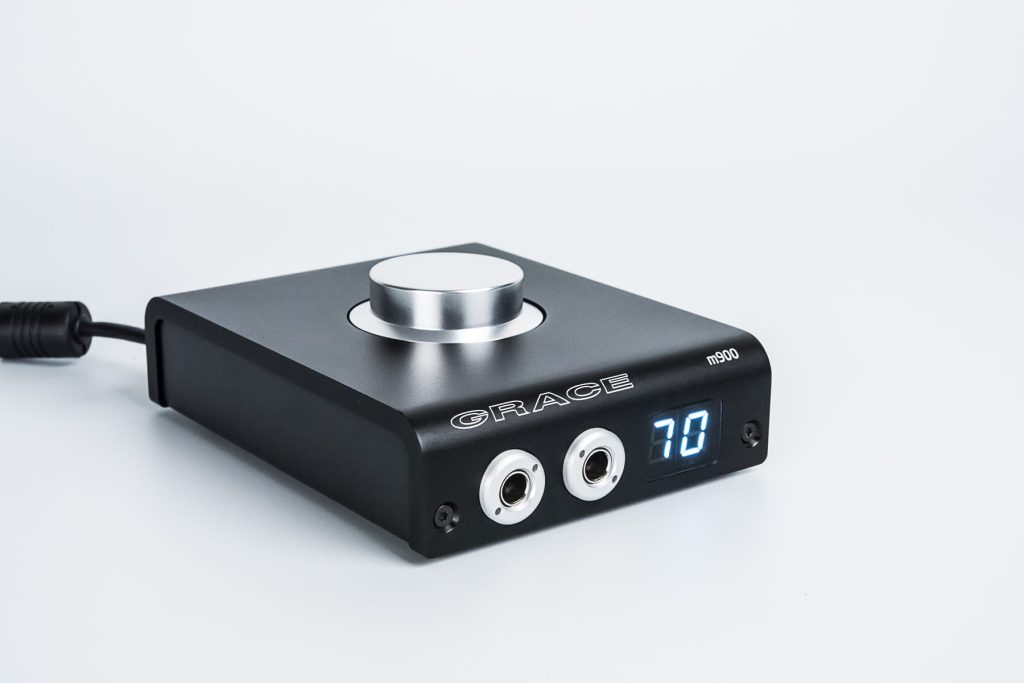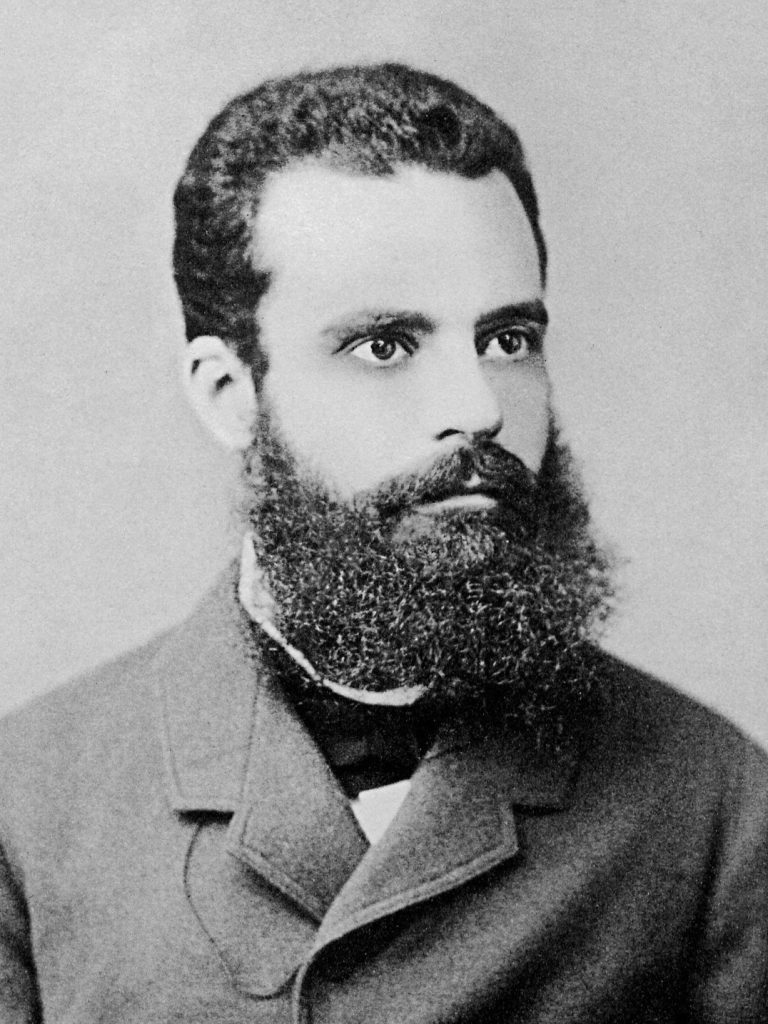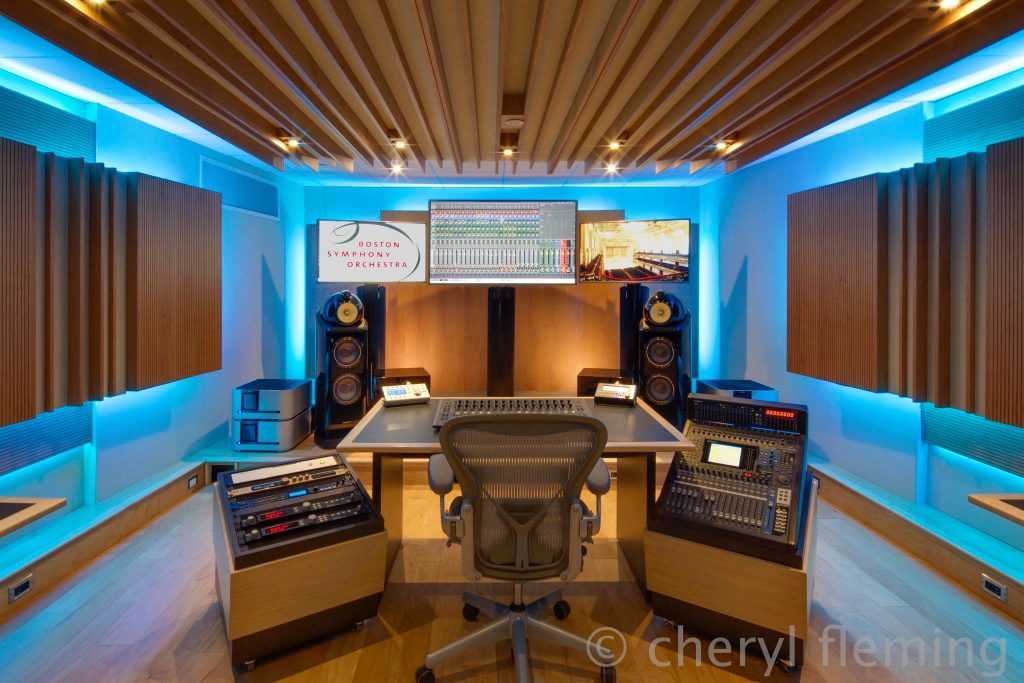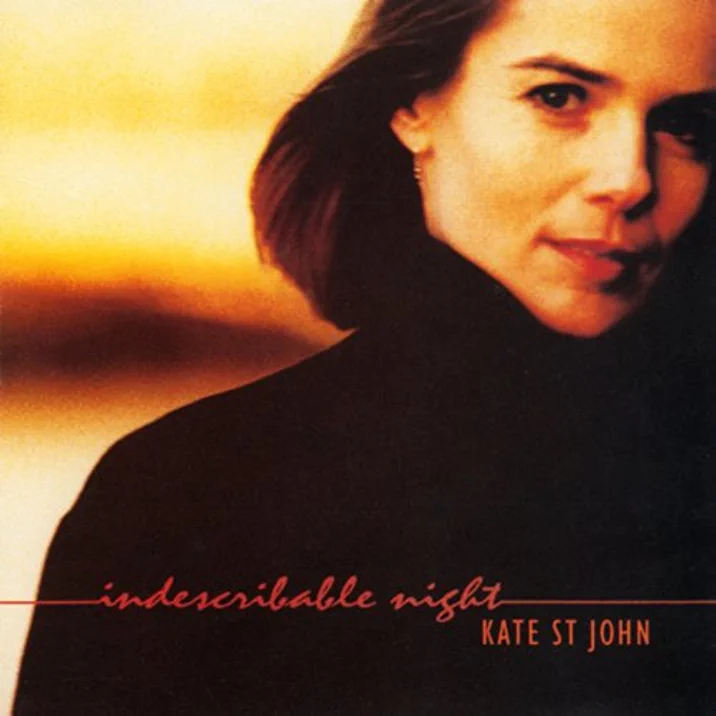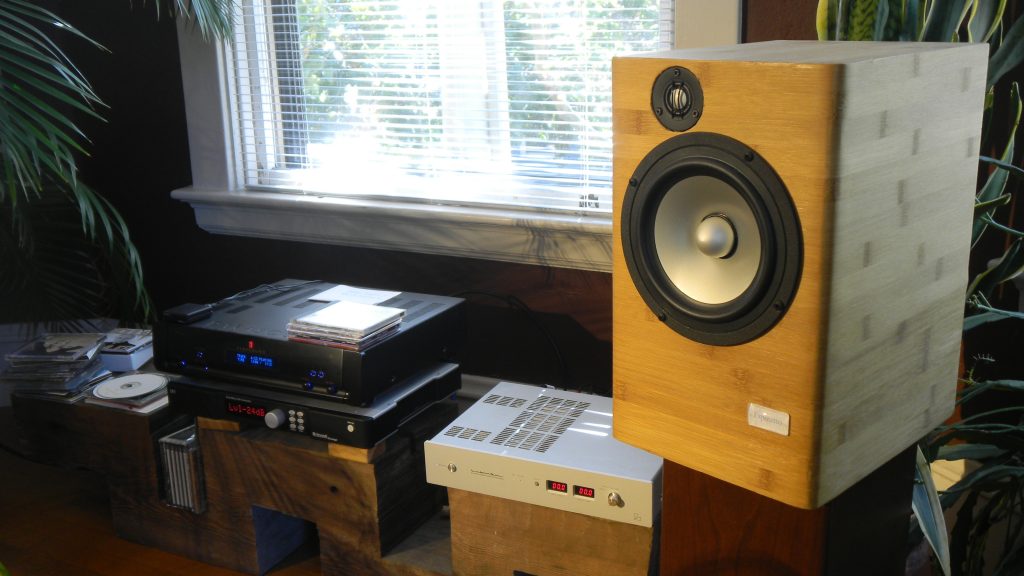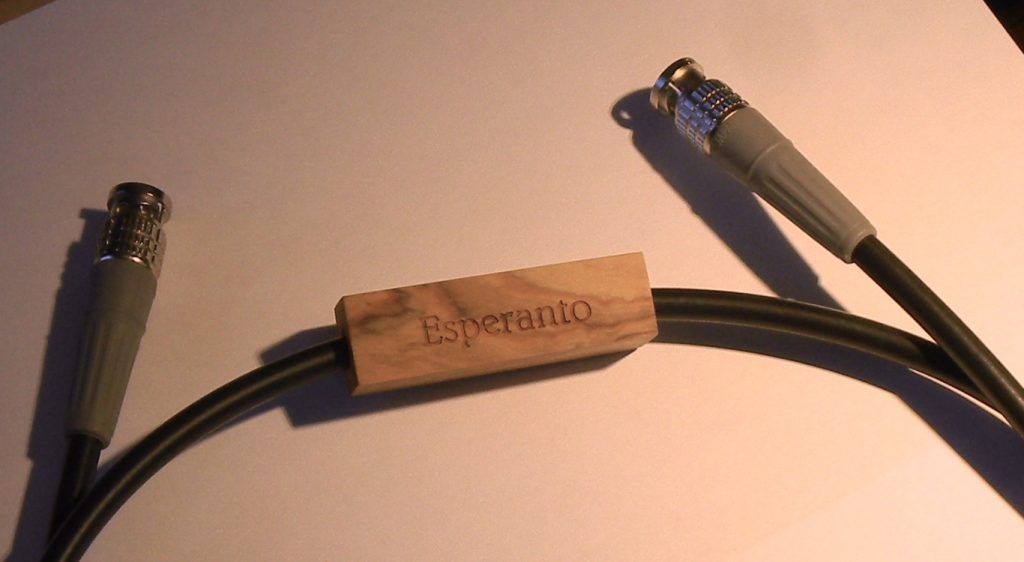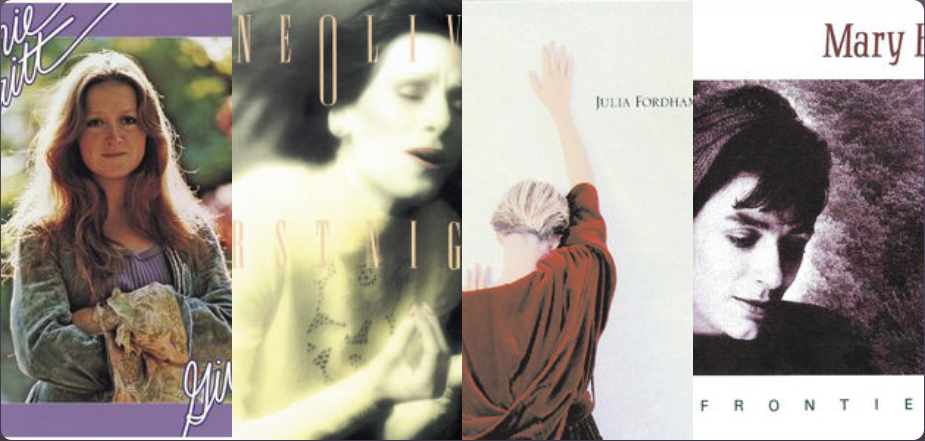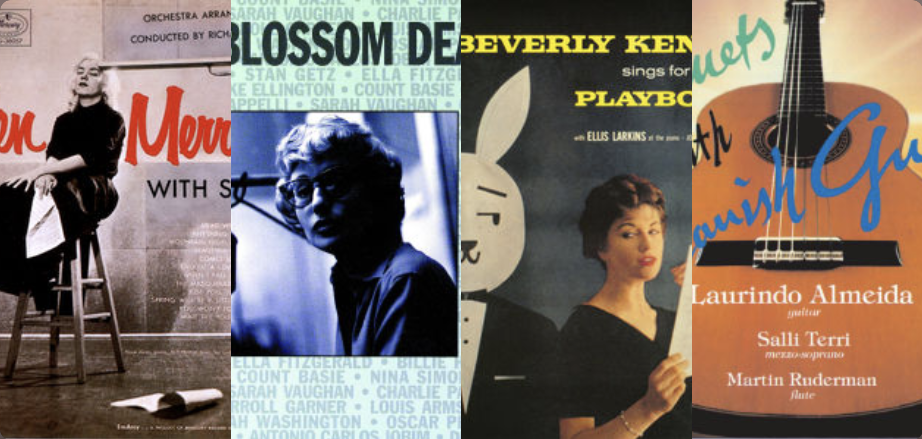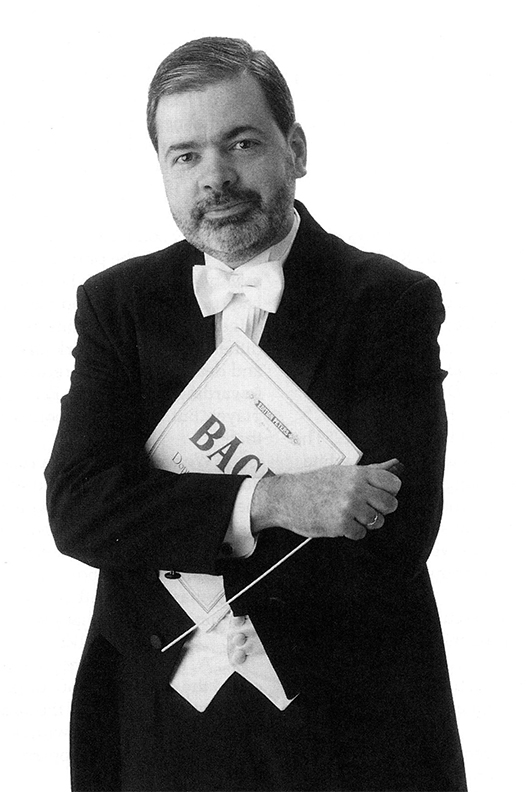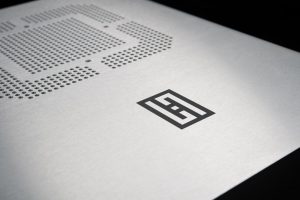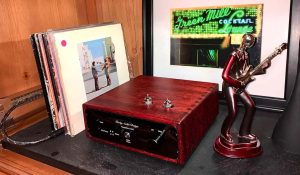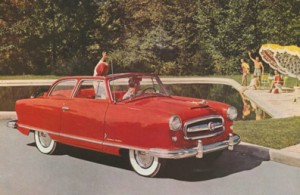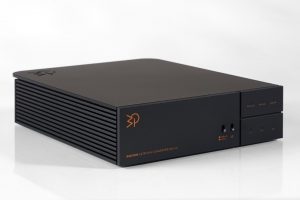The Grace m900 USB DAC
Vilfredo Pareto (1848-1923) was an Italian civil engineer, sociologist, and economist. Pareto was primarily responsible for shifting the focus of economics from theories of "moral philosophy" to being a data-driven social science. Pareto was the first to use the term "elite" in economic and social analysis and criticism.
Vilfredo Pareto (photo from Wikipedia)
Pareto also had a vegetable garden! Pareto noticed that about 80% of the pea harvest in his garden came from about 20% of the peapods. From that, both a Business Shibboleth and a Business Security Blanket were born. The usual form is "20% of your customers account for 80% of your sales." Or, "the top 20% of the donors fund 80% of a charity's operations."
Nowadays, skeptics might argue that Pareto over-burdened (or over-interpreted) his data. Please note well, though, that Pareto was not just relying upon peapods. Pareto also discovered that 80% of the land in Italy belonged to 20% of the families. He later established that that distribution (or rather, that concentration) remained essentially constant in all European countries, across centuries.
To state the concept more theoretically: Pareto believed that, in any setting or situation, 80% of the consequences flow from 20% of the causes.
And exactly what, Mr. Marks, does that have to do with audio?
Applying this (hotly disputed, in some quarters) concept to resource allocation in engineering, a Pareto-Optimal audio solution should deliver 80% of the performance of the expensive solution, at 20% of its cost. Therefore, the "Sweet Spot" within a range of possible audio-equipment choices is where you get 80% of the possible performance for 20% of the high-tier price.
Now, just because Product X costs 20% of what Product Y costs, that does not mean that the more-affordable product will be 80% as good as the more expensive one. To achieve the goal of Pareto Optimality, the designers have to be much more motivated by engineering integrity, than they are by the profit motive. Simply cutting costs won't get you there. You have to "build a better mousetrap."
In this installment, I talk about what I think would be Vilfredo Pareto's favorite budget ($660) DAC (Digital-to-Analog Converter)/Headphone Amplifier, the Grace m900. Next time out, I will talk about what I think would be Vilfredo Pareto's favorite mid-priced DAC/HPA.
However, there will not be an installment about Vilfredo Pareto's favorite luxury-priced DAC/HPA, because I don't believe he'd be interested. Pareto would most likely think that you were paying way too much for very small incremental gains in performance.
Grace Design was founded by an engineer who had been working for luxury-priced high-end audio electronics designer Jeff Rowland. That young engineer had, on his own time, designed "the kind of a [professional] microphone preamplifier that Jeff Rowland might design." For better or worse, Jeff Rowland was not interested. At all. So, that young engineer – Michael Grace – struck out on his own. That was about 30 years ago.
Today, Grace Design pro-audio hardware (microphone preamps, analog-to-digital converters, and digital-to-analog converters/monitor controllers) is found in the precincts of Skywalker Sound, Steinway & Sons' Global Headquarters, the Metropolitan Opera, and countless other prestige locations.
Grace Design microphone preamps, analog-to-digital converters, and monitor controllers were used in the recording of several Boston Symphony/Andris Nelsons recordings that have been awarded "Best-Engineered Classical Recording" Grammys.
The "Recording Shack" at Boston's Symphony Hall. Control units for Grace Design rackmounted gear are on the desk. Photo by and courtesy of Cheryl Fleming.
A full-boat Grace Design monitor controller, for up to 24 channels, with 1GHz/32-bit floating-point DSP, ready for Dolby Atmos 22.2 and Sony 360RA, and costs kissing-close to $10,000.
However, for the Princely sum of $660, you can have a desktop/portable USB DAC/Preamp/Headphone Amp that is built to the same quality standards, and which delivers a big chunk of the performance of Grace's professional gear, for but a small fraction of the price.
I think that you would be wise to anticipate that I will now praise the m900 to the skies. Therefore, I think it might be easier (and more interesting, perhaps) for me to start off by listing the very few caveats I can think of. How about that?
Number one, the m900's analog line-level outputs (for connecting to an amplifier and loudspeakers) are single-ended only, on RCA jacks. If your amplifier is fully balanced end-to-end, with dual-differential complementary circuitry, then you really should shell out for a DAC with balanced outputs on XLR jacks, period. Grace Design's m905 Monitor Controller will nicely fill that bill, at $4270.
Secondly, and this is just for the sake of the record, or for completeness, the Grace Design m900 is not equipped to decode MQA audio files. (I am not aware of a desktop or portable DAC that can.)
Third, while the m900 has a remarkably small form factor and a desk-friendly footprint; and furthermore, it can be powered by a laptop computer's (or a smartphone's) USB connection, I think of it as being more "transportable" than "portable." That's because the large rotary Controller or "Encoder" (Volume) knob has a "Push to Mute" function. I think that if the m900 were in a backpack or a in very large pocket, it might get accidentally muted as you walked around.
If your plan is to listen mostly to headphones, and mostly while walking outdoors, I think that an "in-line" DAC/HPA is an option that will make more sense from a usability standpoint. Something like Apogee's Groove USB headphone-amp/DAC, at $249, might be more practical. Of course, there is no free lunch; so, the Apogee Groove does not have provision for an external power supply, it cannot handle DSD music files, and it tops out at 24/192 PCM.
Finally, both because it was designed as a "desktop monitor system" DAC, and for the obvious "packaging" issues in such a small enclosure, the m900 is not controllable by remote control.
Grace Design m900 Features
Grace Design has been designing small-form-factor Headphone Amplifier / DACs for 20 years, and they have not been resting on their laurels. The m900's feature set is amazing at the price.
The m900 is built around AKM's latest-generation 4490 chipset, which features 32-bit processing, and supports sample rates up to 384kHz PCM or 256X DSD. The m900's four selectable digital-reconstruction filter settings are very rare at this price point, the options being, sharp or slow roll-off, and linear or minimum phase. I did most of my listening using F4 = Slow roll off, Minimum phase. But the differences were very subtle.
In order to minimize jitter, the m900's USB interface operates in asynchronous mode, allowing the m900 to be the master clock. In addition to USB, the m900 has S/PDIF coaxial and Toslink optical digital inputs.
The m900 can operate from USB power from the host device, or from an external power supply (provided). The High-Power supply is especially helpful when listening to difficult-to-drive headphones. When you first connect the m900 to its external power supply, the Display briefly flashes "HP," which stands for "High Power," rather than "Headphones."
Also, the Setup Menu item "P.L." stands for "Power Level," meaning that the m900's default playback volume level, upon powering up, is adjustable. Volume is indicated by the display from 0 to 100 (low to high), with half-step increments indicated by a dot.
The m900 has two ¼-inch headphone jacks. Plugging headphones into the right-hand jack mutes the line-level monitor outputs on the rear panel, thereby muting whatever loudspeakers are connected to the m900. Whereas, plugging headphones into the left-hand jack leaves the line-level monitor outputs unmuted.
The m900 has a proprietary headphone cross-feed circuit, for better reproduction of stereo images. First of all, this feature is defeatable by using the setup menu, if you decide that you do not want it. What it does is to add a small amount of Left-channel signal to the Right channel, and vice versa. The psychoacoustic justification for this is that when you listen to stereophonic program material on loudspeakers in a listening room, both your ears hear outputs from both loudspeakers (mediated by your Head-Related Transfer Function, if you want to get technical about it).
The area where the m900 truly distinguishes itself from its same-price-tier competition is in the professional signal-processing options it offers. First, there is a Channel Balance adjustment. There is also a Mono mode, and a "Left Minus Right" mode. There are no fewer than six Monitoring modes: Stereo, Left & Right swapped, Left in both channels, Right in both channels, Left channel only, and Right channel only.
There is a dimmable seven-segment LED display that usually displays the Level. Briefly pressing the Controller (Volume) knob engages Mute. When the m900 is Muted, the numbers in the display window slowly toggle between two brightness levels. A brief press un-Mutes.
Pressing the Controller knob for two or three seconds moves you into the Setup menu. In the Setup menu, you scroll through the menu items by turning the Encoder knob; you then briefly press the knob to adjust the selected parameter. You can then turn the knob to select another menu item, or press the knob for two or three seconds to go back to Volume. There is also an option for displaying the Sampling Rate of the incoming audio stream.
By the way, the m900 has no power switch as such. Power is automatically applied when either of the USB jacks are connected. If you wish to "power-down" the m900, simply disconnect the USB connection. Also: Grace Design advises that, before plugging in or unplugging your headphones, it is the better practice to Mute the m900 (or your audio source). That's because of the m900's very low output impedance. The m900 does have internal Over-Current protection, but it is the better practice not to risk needing it.
The m900 is housed in a handsome sturdy black metal case; the Controller knob is brushed aluminum (silver). The m900 is designed and manufactured in the USA. There is a five-year transferable Warranty.
Listening
I did almost all my listening through loudspeakers, in large part because I think that the "Best Customer" for the m900 is either a starting-out audiophile building a loudspeaker-based system on a tight budget, or someone who wants to upgrade a desktop audio system or a secondary audio system, such as in a bedroom.
In other words, in those scenarios, the m900 will be used primarily as a Digital to Analog Converter, and not as a headphone amplifier. Therefore, I did all my listening with the external power supply. Note, I used the m900 as my DAC for loudspeaker listening for at least three months.
For amplification I used the most-excellent VTV Audio 1ET400A stereo amplifier, which is based on a State-of-the-Art digital-amplifier module from Purifi Audio of Denmark. I used loudspeakers of my own design for listening. Most of my listening was via the Qobuz streaming service, but I also listened to some high-resolution files I had recorded.
After some months of daily use, the time came to make a listening comparison of the m900 to a "known excellent" (component-sized, non-portable) DAC costing $5000. In other words, a DAC costing more than seven times as much. Which, to put it in Pareto terms, means that the less-expensive product costs only 13% the price of the more-expensive product, rather than 20%—that's a bit of a handicap. However, in making the changeover, I made one small setup error that turned out to be rather revealing.
For some time, I used the m900 as the DAC feeding the VTV stereo amplifier. However, because the VTV amplifier has only balanced analog inputs on XLR jacks, I used RCA-to-XLR adapters to connect the m900, using short-length Esperanto Audio XLR cables (of my own design and build). Then, I took delivery of the "known excellent" DAC costing $5000—which had balanced analog XLR outputs—so I did not need the RCA adapters. After that, I was asked to audition air-dielectric pure-silver XLR analog interconnect cables from ArgentPur Audio; and so, those went into the system.
Therefore, when it came time to switch from the Bricasti M3 DAC feeding the VTV amplifier balanced signals, to the Grace Design m900 sending out single-ended signals, I thoughtlessly grabbed the short lengths of Esperanto Audio Cable, because they already had the RCA adapters on them. So, right there, I unwittingly committed the amateur reviewer's mistake of changing more than one variable in a system at a time. Oops.
Kate St. John's Indescribable Night
My first test track was the first track from Kate St. John's album Indescribable Night, "There is sweet music here that softer falls" never fails to impress me as a remarkable feat of artistic imagination. This song is Kate's setting of verses from Tennyson's "The Lotos-Eaters." That poem is Tennyson's retelling of the story from Book IX of the Odyssey. Book IX tells the story of Odysseus' men who ate the fruit of the lotus tree. They "left off caring about home." They had to be dragged back onto their ships. And tied down under the benches.
Edward Elgar also set some of Tennyson's verses from "The Lotos-Eaters." That puts Kate in very good company! Kate's song and its arrangement are very sophisticated. This is more of an art song with a chamber-music accompaniment, than the usual singer-songwriter fare.
So, when I inadvertently swapped both the DACs and their analog output cables, my impression was that the Grace m900 was very similar to, but just very slightly smoother and more mellow than the Bricasti. Oops. A lot of what I was hearing was the change in cables! I quickly realized my error, and I blushed coral pink.
I then put the RCA adapters on the ArgentPur XLR cables. Yes; the music coming through the m900 now was more open and had more "air" and top end. Also, the inner voices of the string section were easier to hear. All that is only fair, in that the ArgentPur XLR pure-silver cables cost four times as much as my Esperanto Audio copper interconnect cables. (I also auditioned ArgentPur's AGPUR12 loudspeaker cables, which were similarly wonderful, but at $6000 for a 2.5-meter pair, at the moment out of my reach.)
All that said, putting the Bricasti M3 back in showed that the $4000+ price increment over the Grace m900 was not wasted money. The Bricasti, in a fundamentally unfair comparison to a DAC that costs only 13% of its price, appeared to have a lower noise floor, larger images, and greater dynamic range. It also gave more solidity to the musical tones, which I think was both a matter of the time domain, and the frequency domain. The Bricasti showed up the very slight trace of sweetness, relaxedness, or euphony in the m900, while not itself sounding in the least bright, clinical, or threadbare.
That said, Kate certainly sounded smart and beautiful and cultured through the Grace Design m900—the sound was silky and non-fatiguing. It's just that the Bricasti M3 is a case of paying more, and getting more.
Summing up
The Grace m900's feature set and sound are, as far as I know, impossible to beat at its price point. At its price point, my Highest Recommendation.
Federal Trade Commission disclosure: John Marks has, in the past, been a paid consultant to Grace Design; for example, helping to arrange the loan of equipment such as loudspeakers for Grace Design's audio-show exhibit rooms.
m900 DAC
Retail: $660
Grace Design




